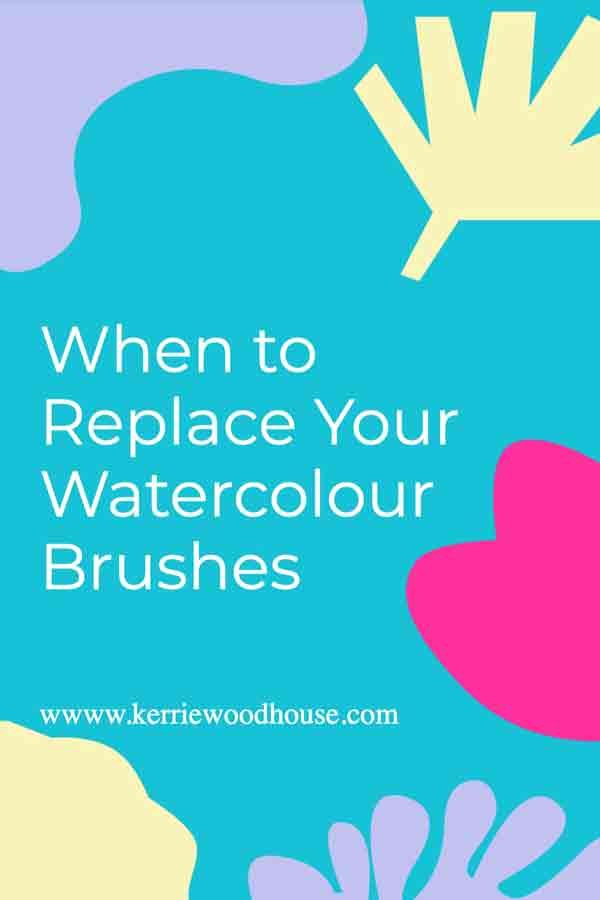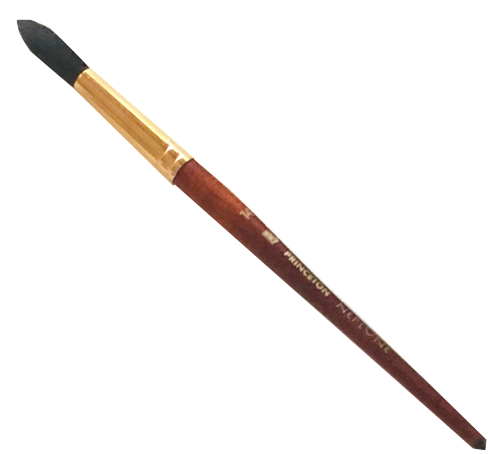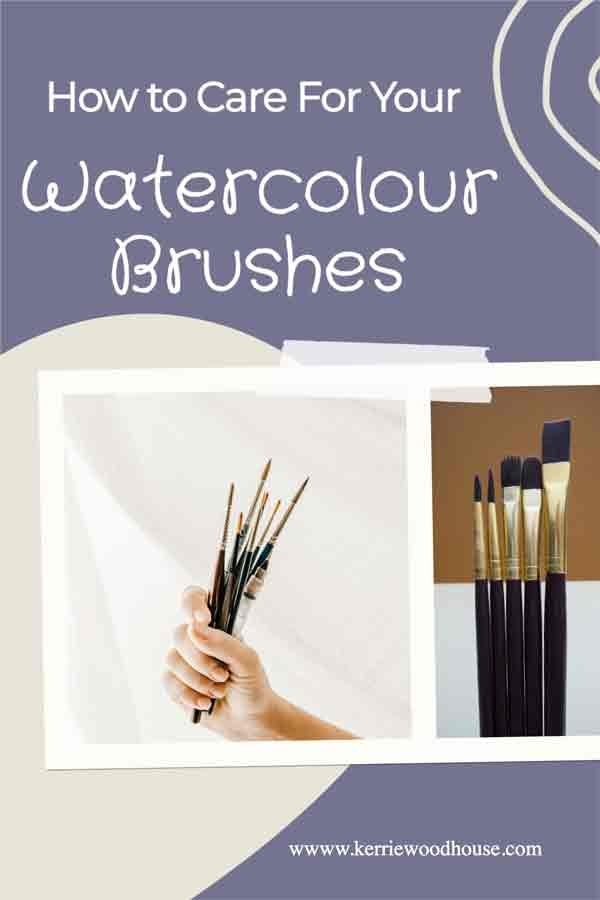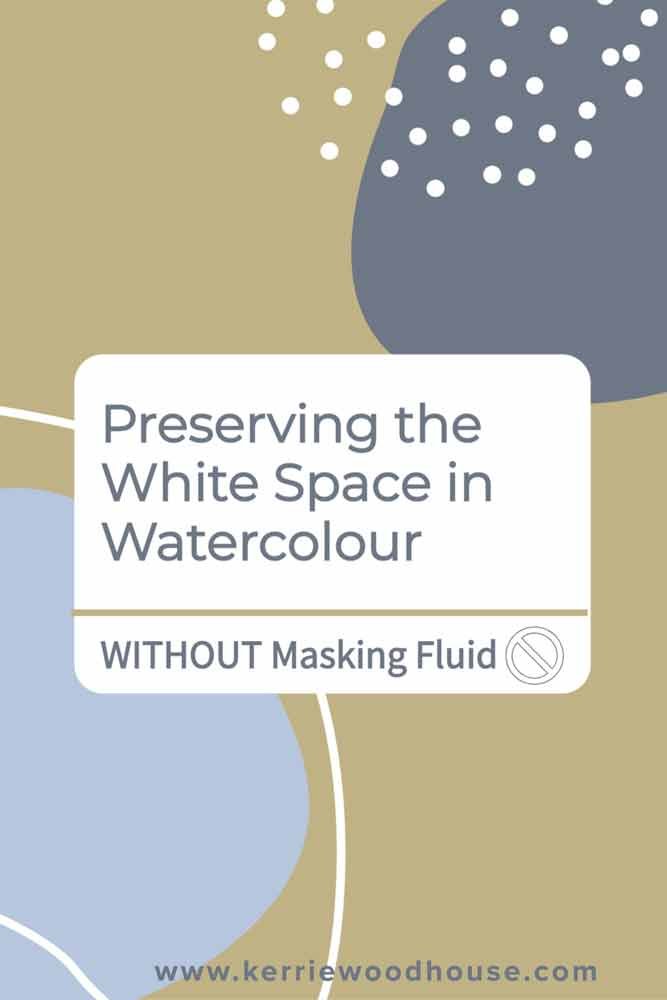When to Replace Your Watercolour Brushes (+ how to care for new paintbrushes)
Disclosure: This post may contain affiliate links. That means if you buy something we may possibly get a small commission at no extra cost to you.
Is it time to replace your watercolour brushes?
It can be hard to let go of a beloved painting supply, so it is handy know what to look out for.
Here are my best tips on how to tell if your watercolour brush needs to be replaced and how to look after your new paintbrushes so that you get the most use out of them.
All good things come to an end, they say. One day your favourite watercolour brush will just not be the same anymore.
Here are the signs that it is time to replace your watercolour brush:
Replace your watercolour brush if you start feeling like a terrible painter
Does painting seem harder than usual and a bit less fun?
If you feel clumsy with your brush or finding you are not enjoying using the brush that is the sign that you need to consider retiring it. Remember that the brush deteriorates slowly over time and a gradual change is harder to notice.
Please don’t bully yourself with talk of bad workmen blaming their tools. Sometimes it is the tools.
By the way, if you have questions about watercolour supplies, I have a whole class on that - it’s free, and you can sign up here.👇
The Beginner’s Guide to Watercolour Supplies
Let’s try and narrow down the problem with your underperforming watercolour paintbrush:
Replace your watercolour brush if it has too many wayward or shedding hairs
Sometimes a brush can leave hairs on the page. This is annoying and usually happens with a new but poorly made brush. It means the ferrule (metal bit attaching the bristles to the handle) isn’t tight enough, so this can also happen with an old brush.
If this shedding brush problem persists for more than a painting session or two I would give up on it and choose another. Life is short, my friends.
(Looking for a recommendation? I am currently using this set. )
Sometimes it’s just one or two hairs that are sticking out and leave an odd mark.
You are the boss of your art supplies.
Don’t be afraid to trim the offender with a pair of sharp scissors to neaten up the shape made by the brush.
Replace your watercolour brush if it no longer comes to a point
I’m always saying that all you really need is one big round brush that comes to a nice point. If your brush no longer makes that fine point that gives you the option of adding small details, then I definitely recommend a spot of shopping.
Now this is something that can’t necessarily be judged dry. The dry brush has something like bed hair so dont be surprised it is wide and fluffy it still may be good. The best way to tell is to dip it in water and then give it a good flick. Now check for a point. If the damp bristles come to a good point we are off to a good start. Its probably fine.
Replace your watercolour brush if it has lost its spring
A brush may look fine and even come to a point when wet. However it can still have lost its spring meaning it no longer snaps back to shape after you make a brushstroke.
Very frustrating.
And that frustration is the best sign that it is time to replace your brush. If it is no longer enjoyable to use it needs to go.
Painting is supposed to be fun. No energy need be expended trying to coax a tool into cooperation.
Fortunately a nice new brush need not be expensive. Of course it can be if that’s your thing. If a top of the line brush sets your painting heart on fire embrace it and get one. But if you prefer something a bit more approachable there is plenty on offer.
I favour synthetic fibres because, you know… lovely animals. But also because synthetic fibres are usually less expensive and have been specifically created with exactly the properties we require.
What properties, you say?
Well, I’m glad you asked.
Properties of a Good Watercolour Brush
Long Soft Bristles
Choosing a watercolour brush with long, soft bristles offers you the chance to make a variety of marks by varying the pressure. Remember we want them to still spring back so while soft it also needs to be a bit springy
Ability to Hold Lots of Water
It is watercolour after all so we need very absorbent bristles so soak up all that juicy pigment and water. Avoid any firm, bristle brushes marked for oil. These are designed to do something quite different.
Short Handles
Long handles are meant for easels where you work at a bit of a distance from the canvas. Short handles are more convenient (but even so, don’t hold them too close to the ferrule (metal part). Grip higher up the handle for a looser more relaxed painting).
Aesthetically Pleasing Watercolour Paintbrushes
No, it's not trivial.
We paint for pleasure so gather up every single one of those little pebbles of joy, wherever you find them.
If you love the handle because it is sophisticated smooth wood, or you like the feel of an elegantly clear acrylic handle or it makes you smile that the tip of the handle is shaped like a fishtail, you follow your heart. These seemingly silly things increase the chance that you will paint more often and that you will have a bit more fun doing it.
Good Shapes in Watercolour Brushes
The essential brush for watercolour in my opinion is a large round. Many other shapes are available but this is the all rounder that you wouldn’t want to be without. If it comes to a nice point you will be able to get strokes that are big broad as well as very fine detail and everything in between (with a little practice - don’t worry thats the fun part)
If you are looking for some recommendations on affordable paintbrushes, my current favourite value pack is this one.
It includes a variety of shapes including my favourites - the rounds and the rigger.
If you’d like to see these brushes in action click here for an article with all the details on them and a video.
If you are after just one good big round brush my current favourite is the Neptune Princeton Round in a size 14.
How To Care for Your Watercolour Paintbrushes
Now that you have your nice new brush let's make it last.
Luckily this is yet another advantage of watercolour. Clean up is so easy we really have no excuses .
Here are a few dos and don'ts when it comes to caring for you watercolour paintbrush.
Do
✅ Rinse your brush in clean water after painting. After rinsing give it a flick to remove excess water and check that it has reformed into a nice point before leaving it to dry (reshape with your fingers if necessary).
✅ Use your watercolour brush exclusively for watercolour and no other mediums. Be mindful of other materials you use in your painting process that may harm your brush.
For instance, I sometimes use a bit of bleach with some forms of watercolour like brusho. This can do terrible things to your lovely brush and it is easy to transfer little bits of bleach to your nice brush from the paper so I never use my best brushes if I am incorporating something else like bleach into my painting.
✅ Store flat or bristle end upright
Don’t
❌ Leave your brush with any paint on it (ok yes this might well be a do as I say not as I do piece of advice)
❌ Leave your brush sitting in the water jar. Not during painting and definitely not overnight or longer!
❌ Store with the point down - keep it horizontal or bristle side up
❌ Use the same brush for other media like acrylics. Although you see brushes sold as good for waterbased media like acrylic, gouache and watercolour I would suggest designating a medium for that brush and sticking to it.
Acrylic is only able to be rinsed out when it is wet and I find it is inevitable that you end up with some acrylic residue left in the brush. Over time this builds up and makes the brush hard to use with watercolour.
Oil is an obvious no no for your watercolour brush - even water mixable oil. You know what they say about oil and water…
Gouache is not so bad as it does reactivate with water so can be washed out much easier…. Unless you happen to have bought Acryla Gouache that is! So my advice is to just stick to only watercolour for your watercolour brush to be safe.
❌ Never use your watercolour brush to apply masking fluid. (Actually my personal rule here is never use masking fluid, but that is another - story click here to read about that). Masking fluid will ruin your brush. Find an old brush that is already ruined for this purpose or use another tool like a palette knife or dip pen to apply the dratted masking fluid (if you must).
I do hope these tips are helpful to you, and wish you and your brushes a long and happy life together! 🤗
Are you on your own painting journey?
One of these might be useful…













